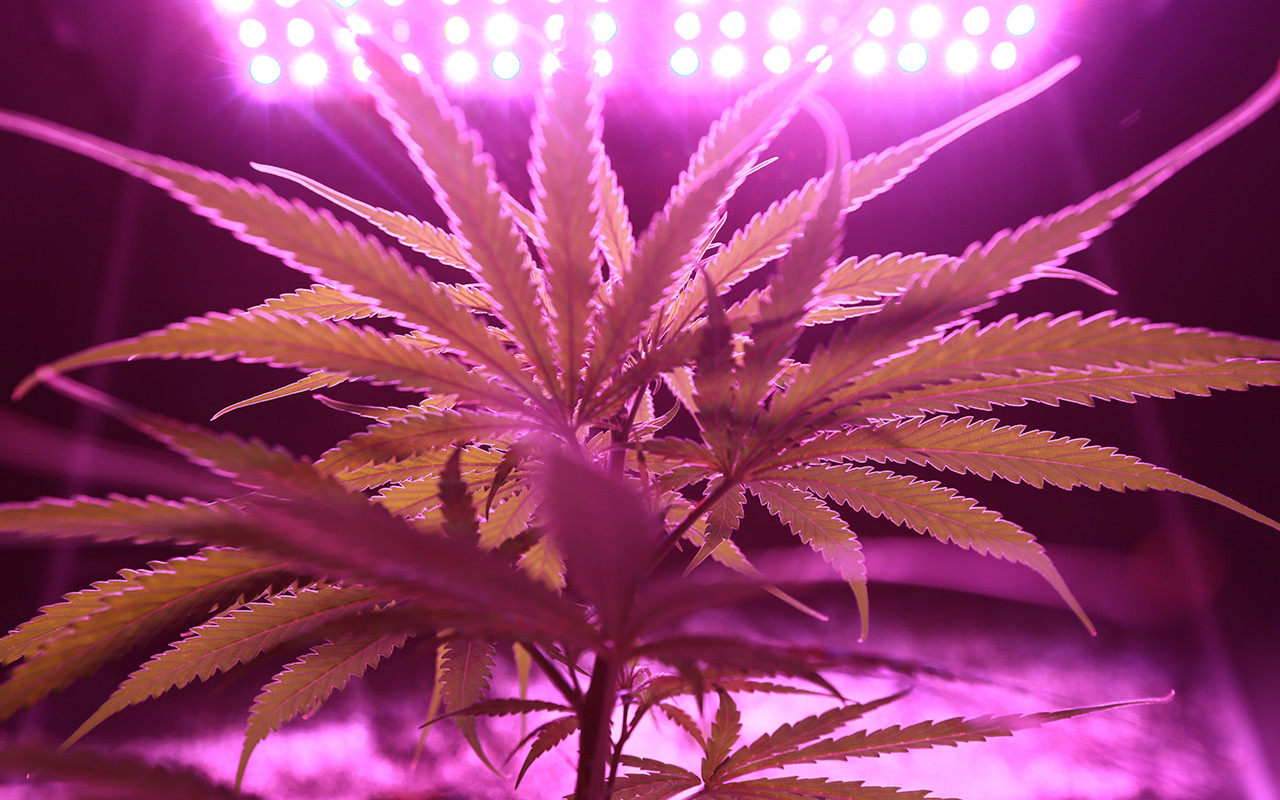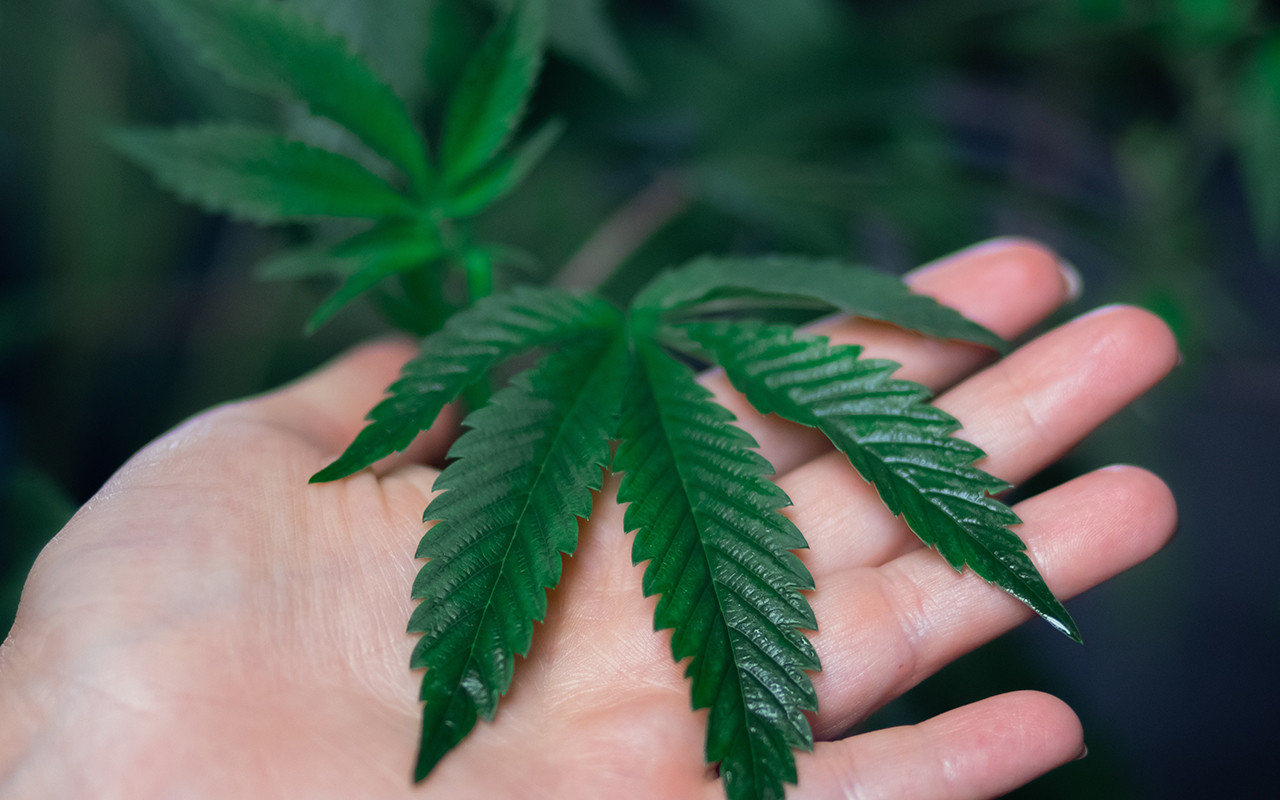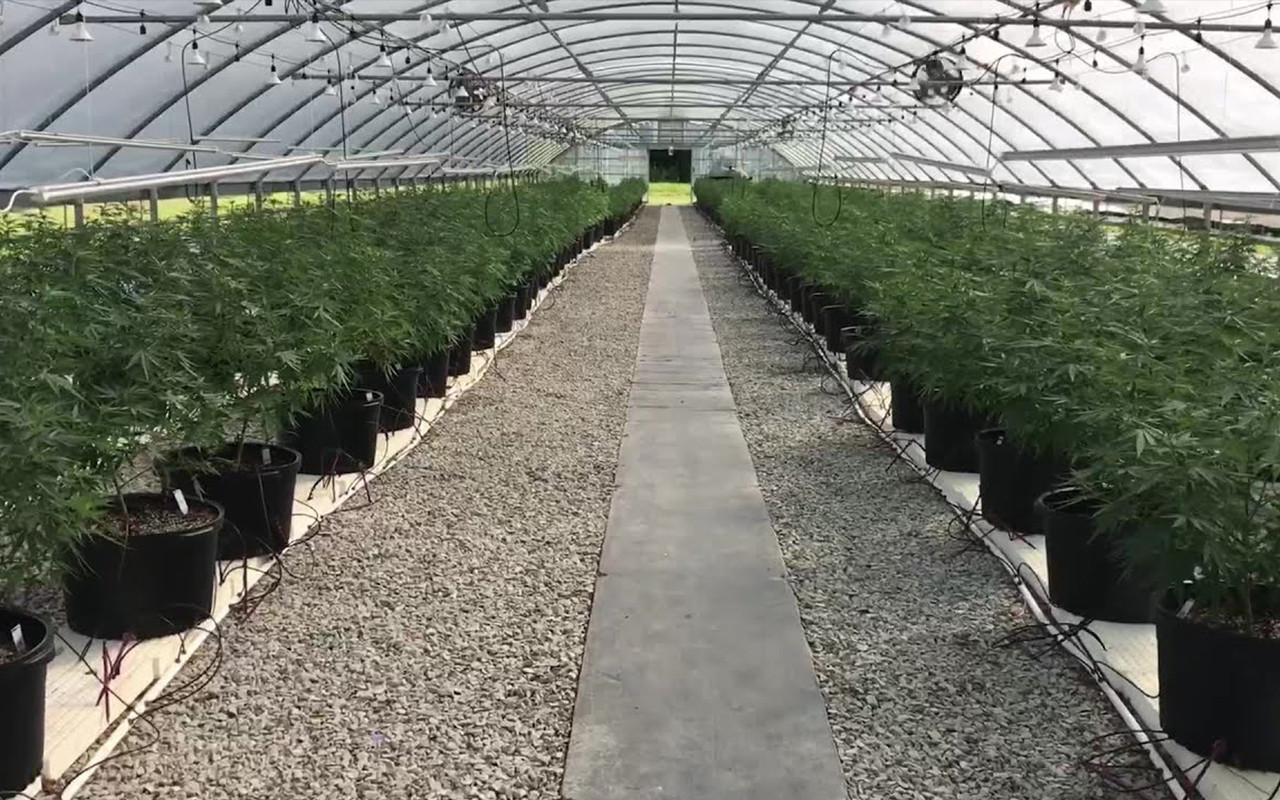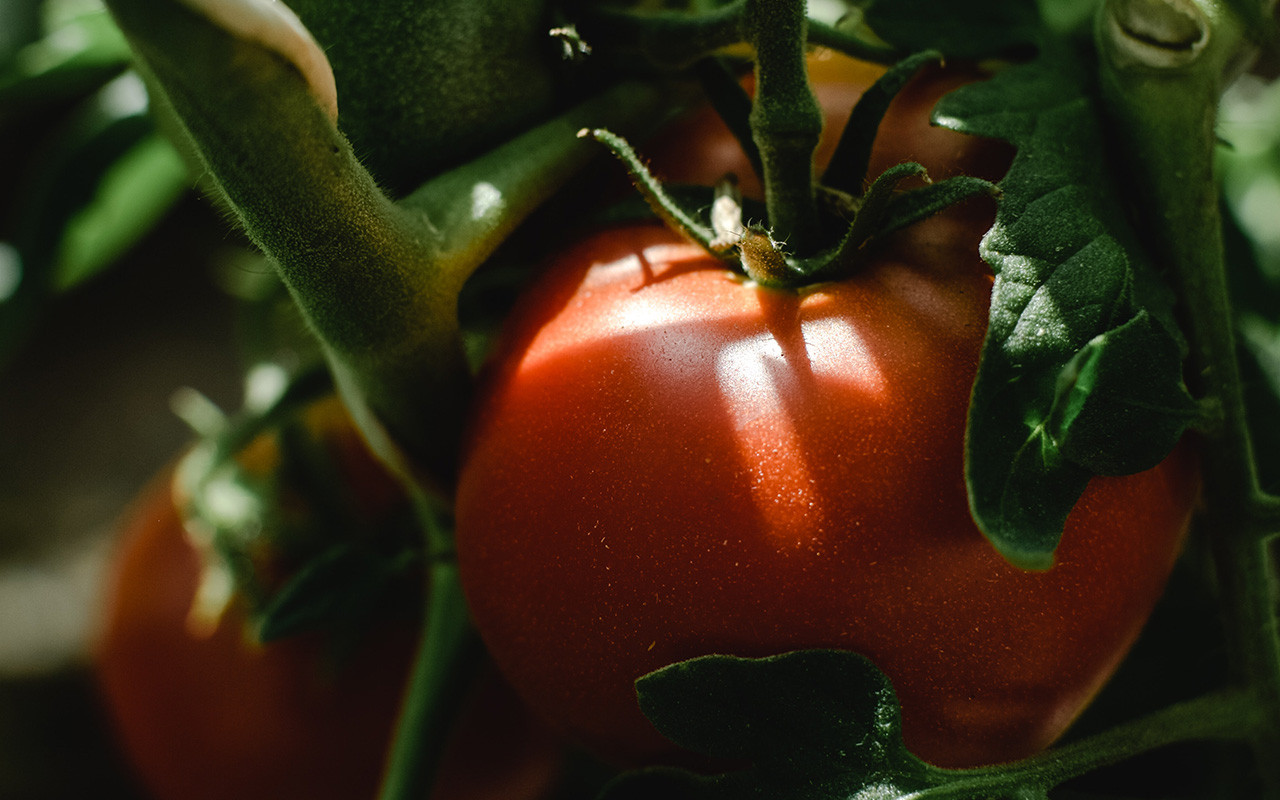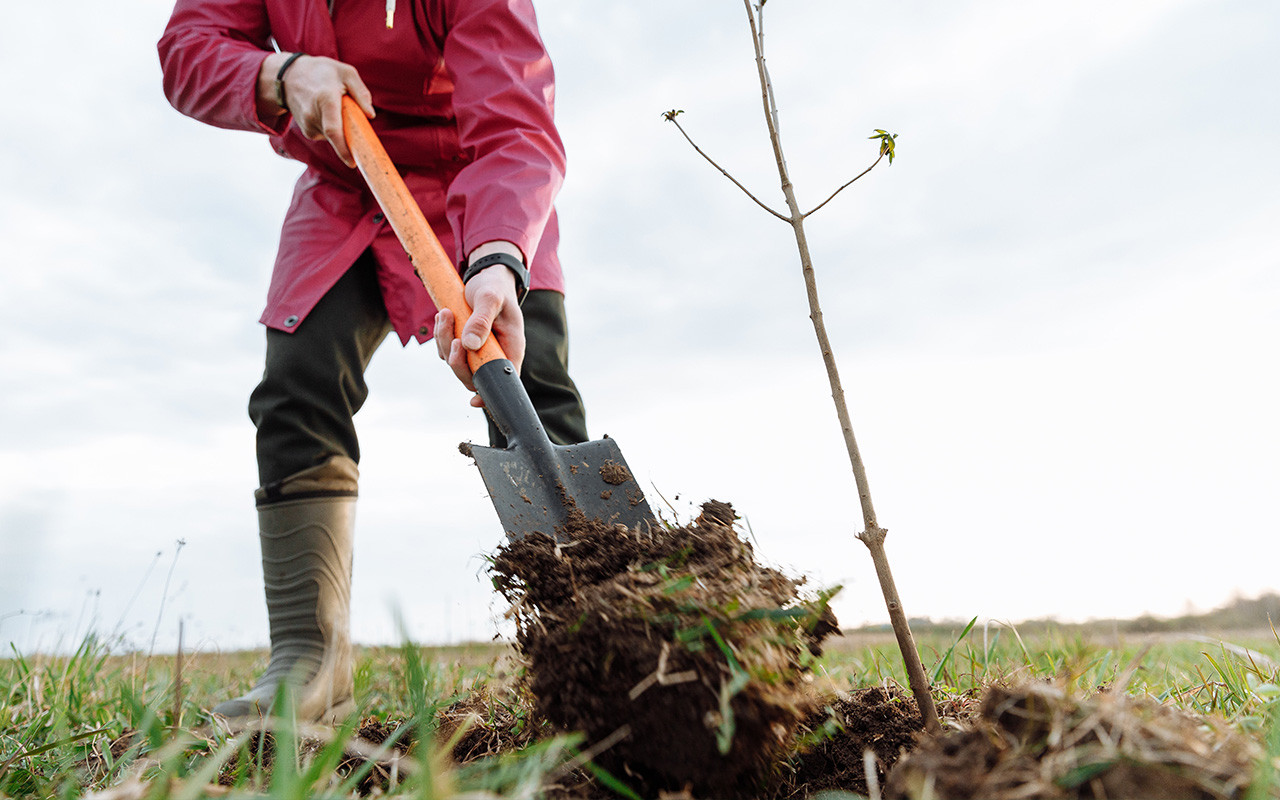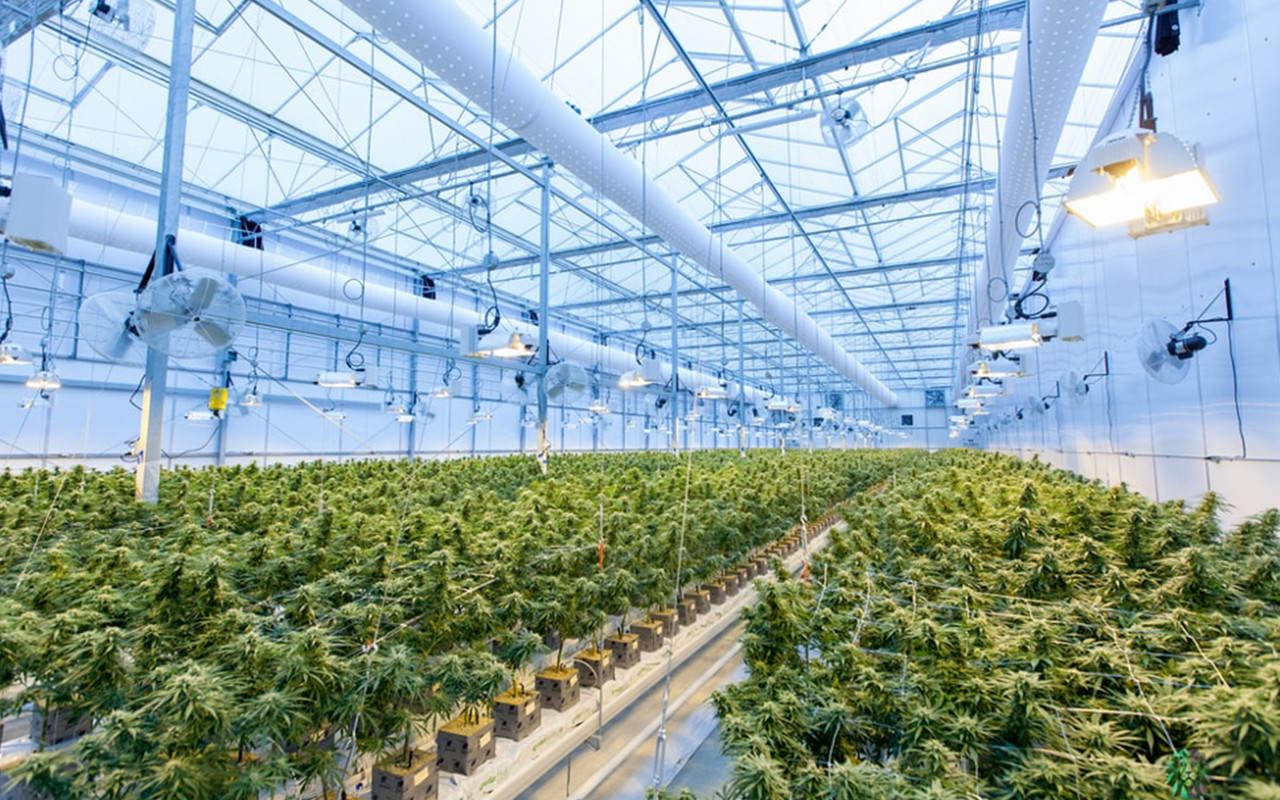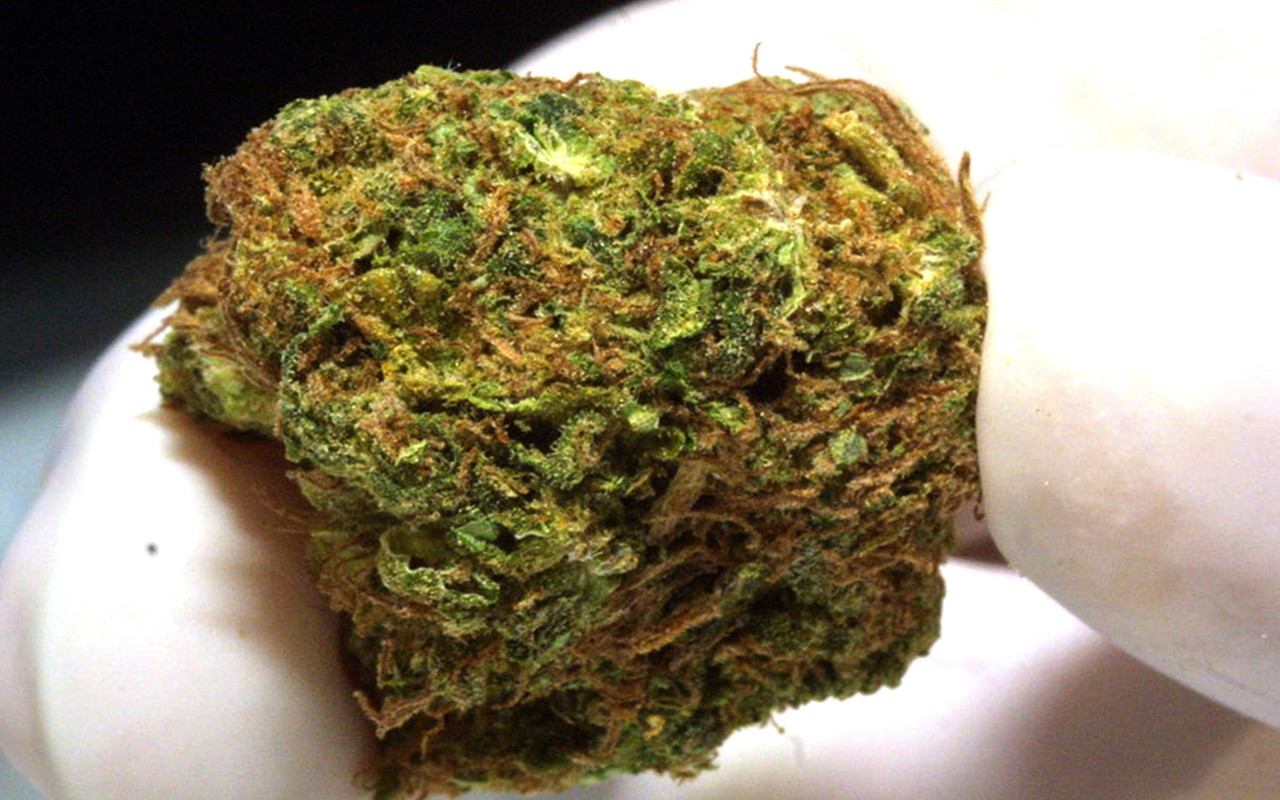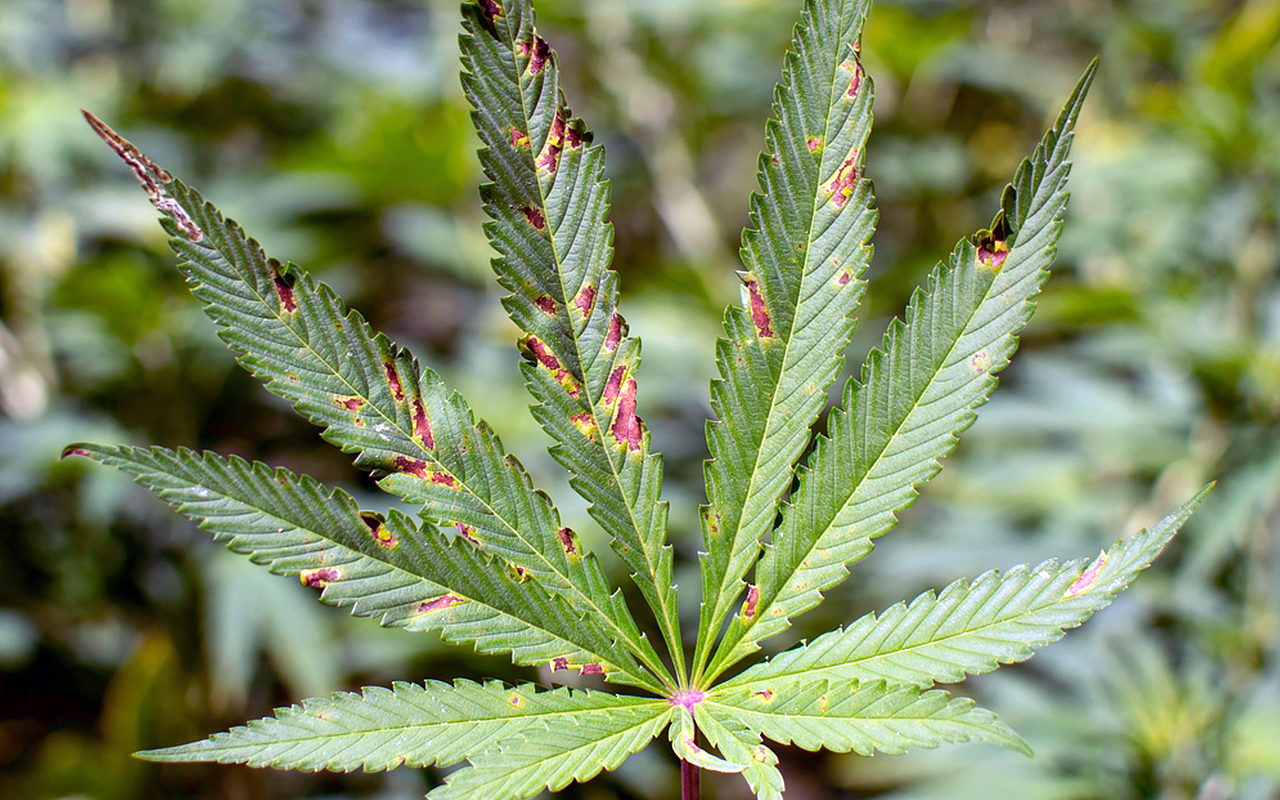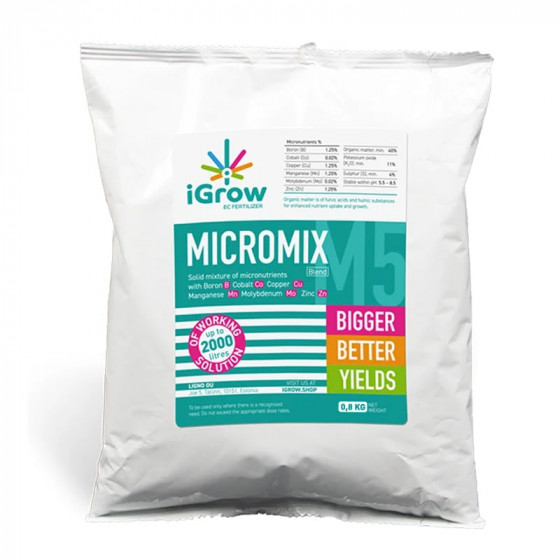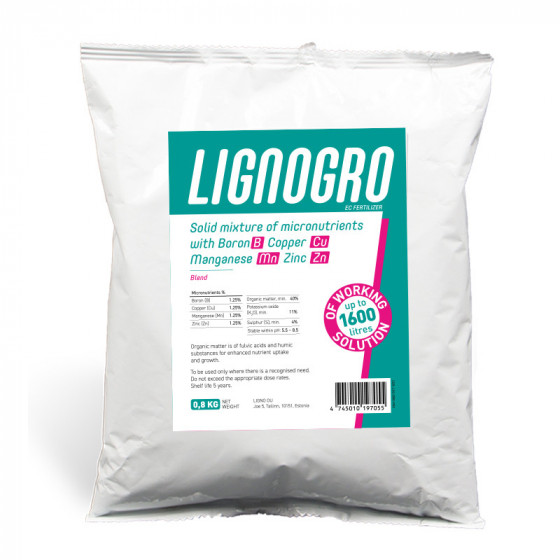
Essential Factors for Successful Outdoor Cannabis Growing
As the legalization of cannabis continues to spread, more and more people are turning to growing their own plants rather than relying on dispensaries. The decision of whether to grow indoors or outdoors is a big one, with many factors to consider. For those who choose to grow outdoors, the benefits of free rainwater and better ventilation can lead to strong, healthy plants. However, the great outdoors also poses challenges in the form of pests, predators, and extreme weather conditions. On the other hand, indoor growers have the advantage of total control over their environment. Despite this, they face limitations in space and yield potential. Regardless of their choice, dedicated cannabis growers are always finding new ways to maximize their plants' potential.
Factors to Consider for Outdoor Cannabis Growing
When it comes to growing outdoors, the location you choose is key. You want a spot that's not too hot, not too cold, and gets plenty of sunlight. But there are other factors to consider as well. Will the plants be in garden beds or pots? Are there sources of light pollution that could disrupt their growth? And what about the wind? A big gust can easily damage delicate plants. Of course, all of these factors can vary depending on where you live and what you're trying to grow. The important thing is to do your research and pick a location that maximizes your chances of success.
Stable temperature and sunlight are essential to a successful outdoor cannabis growing experience. Ensure that the temperature is not too hot or too cold by providing the plants with ample shade. Pay attention to daylight hours and ensure that the plant receives enough sunlight during the growing season. You can use shading nets or a tree canopy to control the amount of sunlight your plants receive.
Weather can change abruptly, which is why it's crucial to shelter your plants from harsh weather conditions. Consider installing a greenhouse or covering your plants with a tarp during unexpected weather patterns. Proper watering methods should also be in place. You can water your plants manually or use a drip irrigation system. If you want to avoid soil-borne diseases, choose garden beds or pots that will suit your plant's needs.
Preventing light pollution and wind damage is also a critical factor to consider. Light pollution from streetlights can interfere with the plant's natural growth cycle. Consider covering your plants with blankets during the night, or use a remote location where the plants can be naturally cultivated. Strong winds can snap plants and uproot them, so ensure the plants are supported by trellises or stakes.
Choosing the Right Strain
Choosing the right cannabis strain can determine whether or not your plants will thrive in your growing environment. If you live in a cold area, consider choosing cannabis strains that are cold-tolerant. Warm-weather strains such as Indica grow well in warmer regions. Make sure to research which strains work best for your region and choose accordingly.
But once you've found the perfect plant, there are a plethora of factors to consider in its growth and maintenance. Germination requires strict control of environmental conditions, including darkness, humidity, and moisture. During the vegetative phase, constant watering and ideal soil pH levels between 6.0-7.0 are crucial for healthy plant growth. Pesky critters can also be a challenge, but predatory insects, companion planting, and beneficial fungi can help prevent pests. With careful planning and attention to detail, growing cannabis can be a rewarding and successful venture.
Indoor Germination and Timing
Germination is the most critical stage of growing marijuana plants. It's important to begin indoor germination just before the full moon in February to ensure optimal results. Maintain the correct temperature and ensure adequate humidity throughout the germination process. Ensure your plant receives enough sunlight, but not too much as it can affect growth. New growers might benefit from using the paper towel method as it's the easiest and most effective way to germinate cannabis seeds.
Seedling stage
To ensure your plants prosper, it's critical to understand the life stages. In about two weeks, the seedling stage subsides, giving way to the vegetative phase. If you're in a colder locale, keep nurturing them indoors until mid-April to meet their temperature and light requirements. Trust us, your efforts will pay off!
If the weather starts to warm up by the second half of April, it is the perfect time move indoor plants outside and transplant them into soil or larger containers. Around this time you can also germinate seeds directly outside.
Preventing Pests
Pests are a major headache for outdoor growers, but fear not! Here are some tips to manage and prevent them:
- Predatory insects: Are you ready to unleash the bug army on those pests? Introduce some ladybirds and parasitic wasps to your garden to protect your plants.
- Companion planting: Who knew that basil, lemon balm, or dill could pull double duty? They help to repel pest insects too!
- Beneficial fungi: Don't overlook mycorrhizal fungi, it can be the nematodes' worst nightmare by capturing and killing them, these soil microorganisms that love to mess with cannabis roots.
Watering you cannabis plants
It is crucial to water your cannabis plants only when the first inch of soil becomes fully dry; overwatering may lead to root rot. Additionally, if you plan to vacation during the growing season, establish an automated watering system to keep your plants hydrated. This strategy will guarantee the right moisture levels for your plants, resulting in healthy growth and a better yield.
Topping and Training
Topping and training is a crucial step that helps maximize yield. It's done by removing the tip of the central stem (the growth tip) of the cannabis plant, which forces the lower branches to develop and grow bigger. Conducting topping and training between June and July helps to spread out and balance the plant canopy, which leads to higher yields.
Pre-flowering phase
The pre-flower phase is an important window of time every grower should be on the lookout for! Here's why: this early phase presents a stellar opportunity to assess the sex of your plants. This easy step can help avoid unwanted impregnation and ensure a successful yield. If you're growing a female plant, and you see a tiny bulb with a cute pistil sticking-out, you're all set! However, if you come across a hairless bulb, your plant may be a male. So, if you aren't keen on breeding, it's important to trim these rogue males out of the garden. Remember, a little early action can help prevent a lot of future heartache!
Pruning
As the autumnal equinox approaches, the days start to shorten, and plants receive the unmistakable signal to bloom. Your beloved cannabis plants have now entered the exciting flowering phase! It's time to give them some much-needed attention and prune away. Trust us, you won't want to miss this crucial part of cannabis cultivation.
Pruning is essential for maintaining plant health and maximizing yield. By pruning, you can shape your plants and increase airflow, which will lower the moisture levels and decrease the risk of mold. Pruning should take place between mid-July and the end of August. Ensure that you use high-quality pruning tools to avoid damaging the plants during pruning.
Harvesting
Mid-September to mid-November is definitely the most exciting period in the outdoor cannabis growing calendar. After putting in all that hard work, it's finally time to celebrate and harvest your precious flowers. You wouldn't want to miss that, now would you?
Harvesting cannabis outdoors is a crucial process that requires careful consideration of several factors. Firstly, the weather conditions have a significant impact on the maturity of the plant, and growers should aim to harvest before the first frost of the season. Additionally, growers must inspect the trichomes on the plant to determine the ideal time for harvesting, as harvesting too early or too late can impact the potency and overall quality of the final product. Proper drying and curing of the cannabis plants is also critical to ensure that the buds are free from moisture and mold, which can compromise the flavor and overall experience. Ultimately, taking the time to consider these factors and carefully planning the harvesting process can lead to a successful harvest and produce high-quality cannabis for consumption.
Conclusion:
Growing cannabis outdoors has many rewards for the enthusiast and the environment. With proper attention to key factors such as plant health, germination, topping, pruning, and harvesting, cannabis growers can ensure a successful outdoor growing season. Keep in mind that outdoor growing has its own benefits and challenges, but with the right approach, growing cannabis plants becomes more manageable. Start small but dream big, and your harvest will be bountiful.







